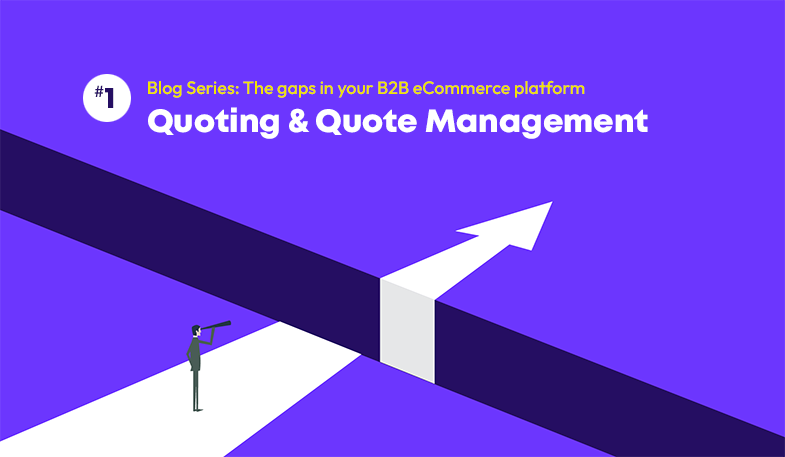Headless Commerce: An Ultra Commerce Definition, Use Cases and More

A closer look from the Ultra perspective on what we really mean when we talk about headless commerce and why it may not be right for every company – with use cases for the ones it may be right for …
For those even tangentially related to eCommerce, SaaS and the technology space as a whole, the phrase ‘headless commerce’ is likely nothing new. But what is new is the updated definitions and different takes on what constitutes headless. Headless can mean different things to different end-users (and providers for that matter) so with that said, let us sift through the noise:
What is headless commerce?
Removing the front end aka ‘the head’ or the customer-facing layer of your eCommerce from the back end. This allows both to function independently, providing greater freedom for organizations to use what they need and when they need it without extensive code rewrites or other custom configuration.
The modern digital enterprise sells across numerous channels (web, DTC, marketplaces, POS, etc.) each with its own set of unique requirements. Orders are managed and fulfilled differently and there could be not just one but multiple internal systems (ERPs, CRMs, etc.) they need to be integrated with.
Headless provides the full feature set of a complete eCommerce platform with the functionality, ease-of-use and a la carte approach to giving your business what it needs when it needs it to deliver exemplary shopping experiences for your customers.
Ultra Commerce is unique in market as the eCommerce platform with the most complete feature set while also offering the flexibility and quick-to-market benefits for companies of all sizes and selling power.
Headless commerce use cases or when does employing headless make the most sense?
Headless commerce is not a one size fits all approach, nor is it something that every organization should employ. How do you know headless is the right direction for your company? Here are several use cases to consider:
- The content play – Storefront is fine but the commerce platform is lacking
- The step by step play – You want to replatform but not everything all at once
- The data & service powered by API play – More than just storefronts. Apps, portals and more
- The creative control play – In-house creative and marketing teams want more control
- The multichannel play – Integration-heavy opportunity with multichannel requirements, including apps and webstore
Want to learn more about whether or not headless commerce is the correct choice for your organization? Contact us today.
Resource Center

A new blog series about the critical eCommerce capabilities missing in most eCommerce platforms for B2B companies. #1: Quoting & Sales Support

Davis Art is now the only online K-12 publisher dedicated to the arts, creating top-notch curriculum and resources for art educators nationwide, all from the Ultra Commerce platform.

When looking to source an eCommerce platform, you’ll find that the vast majority of existing solutions have significant technological and functionality gaps. Use this guide to customize a B2B eCommerce requirements document that’s based on your specific business use case to help you choose the platform that’s right for your organization.
